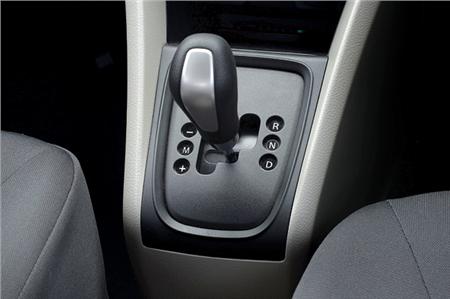Used Vehicle Dealership North Charleston Sc
With Japanese manufacturers producing very reasonably priced, reliable, and in style automobiles throughout the Nineties, Japan became the biggest automobile producing nation in the world in 2000. However, its market share has decreased slightly in recent times, significantly due to old and new competition from South Korea, China and India. Nevertheless, Japan’s car business continues to flourish, its market share has risen again, and within the first quarter of 2008 Toyota surpassed American General Motors to turn out to be the world’s largest automobile producer. Today, Japan is the third largest automobile market and is the second largest automotive producer in the world with its branded cars being among the most used ones internationally. Automobile export stays one of many nation’s most worthwhile exports and is a cornerstone of restoration plan for the most recent financial crisis. Japanese cars turned well-liked with British consumers in the early Seventies, with Nissan’s Datsun badged cars proving particularly in style and incomes a popularity in Britain for his or her reliability and low working costs, though rust was a significant downside.
Senior Engineering Project
Company bulletins suggest that the global market ought to increase to about 1,000 gigawatt-hours by 2025. The Chinese battery maker CATL had the biggest market share in 2019, at 28 {461df08f6f0dc9a4413f78881df09cbca14074d800ddac508c9c70329a1570c7}, while its absolute capacity grew by 39 p.c. CATL has recently continued its world expansion Technology News, signing new contracts with several worldwide OEMs and establishing a manufacturing unit in Germany. Automakers launched 143 new electrical automobiles–a hundred and five BEVs and 38 plug-in hybrid electrical vehicles –in 2019.
Even Tesla, which used to rely solely on cells from Panasonic, signed new contracts with CATL and LG Chem for the Chinese market in 2019. In a similar development, battery-cell manufacturers are increasing their manufacturing capacities in target … Read More




